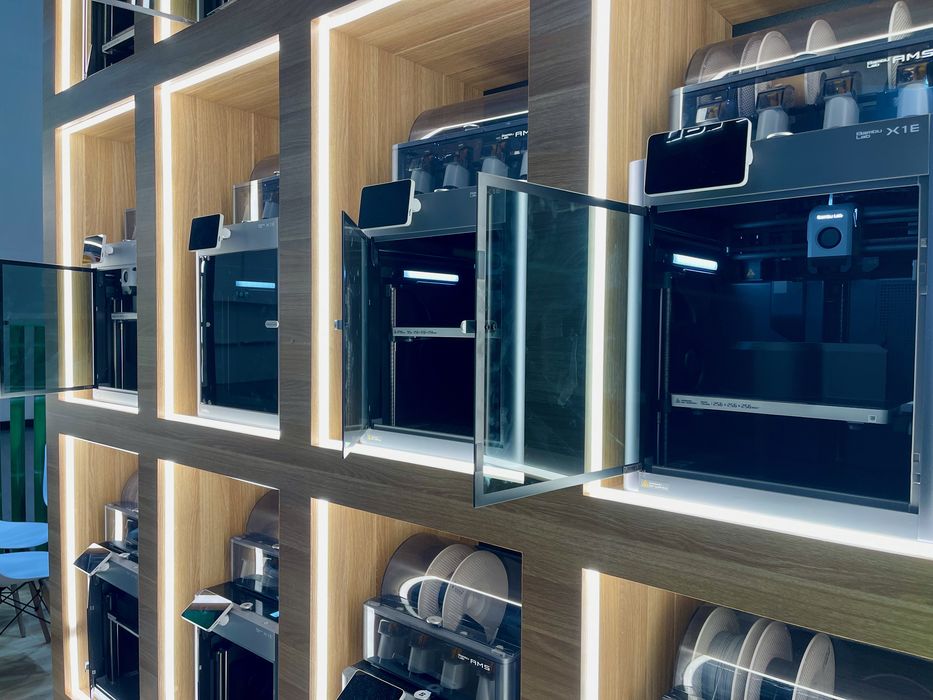
There are multiple market segments in the 3D printer world, in which one do you belong?
This publication covers the entire 3D print space, from the most inexpensive desktop machines to the biggest industrial machines, to the most microscopic nano-printers to medical bioprinters.
Why do all these different types of 3D printers exist? It’s because there are different markets, and each have different needs and characteristics.
While there are an infinite number of ways to think about these markets, I’m going to list the categories that I use when thinking about equipment.
You might find these useful because you probably fall within one of them and not the others. The “other” machines might be completely inappropriate for your applications, and that’s ok. Everyone has different needs, and there’s a market for you.
Desktop 3D Printer Market
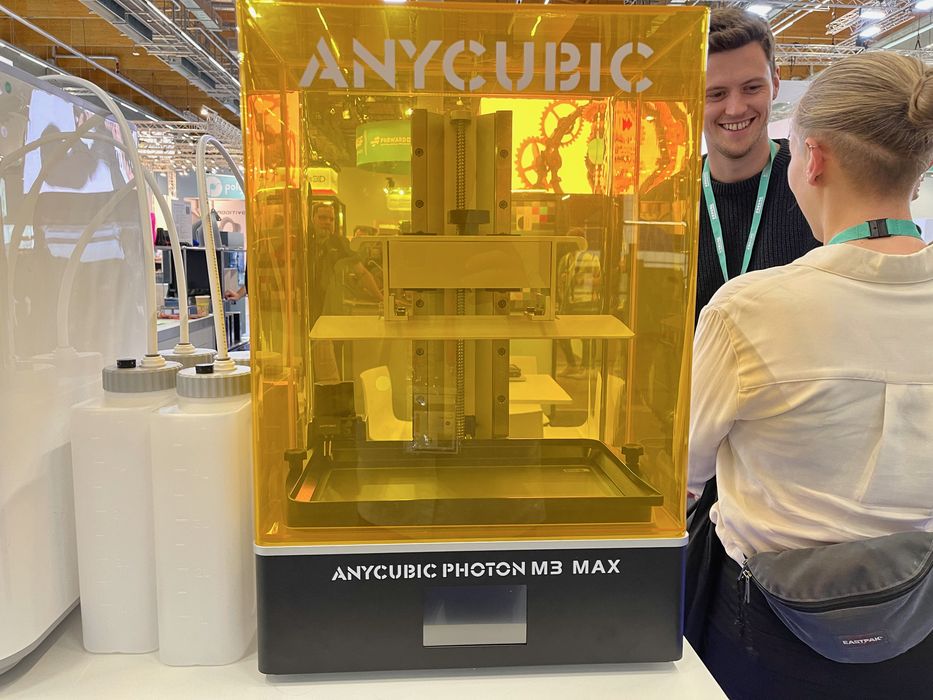
This is perhaps the most well-known category, simply because it is the most accessible to the general public. It includes low cost devices priced at US$2,000 or less, and uses FFF and MSLA as the primary 3D printing processes. PLA is the primary FFF material, although some others are possible.
Professional 3D Printer Market
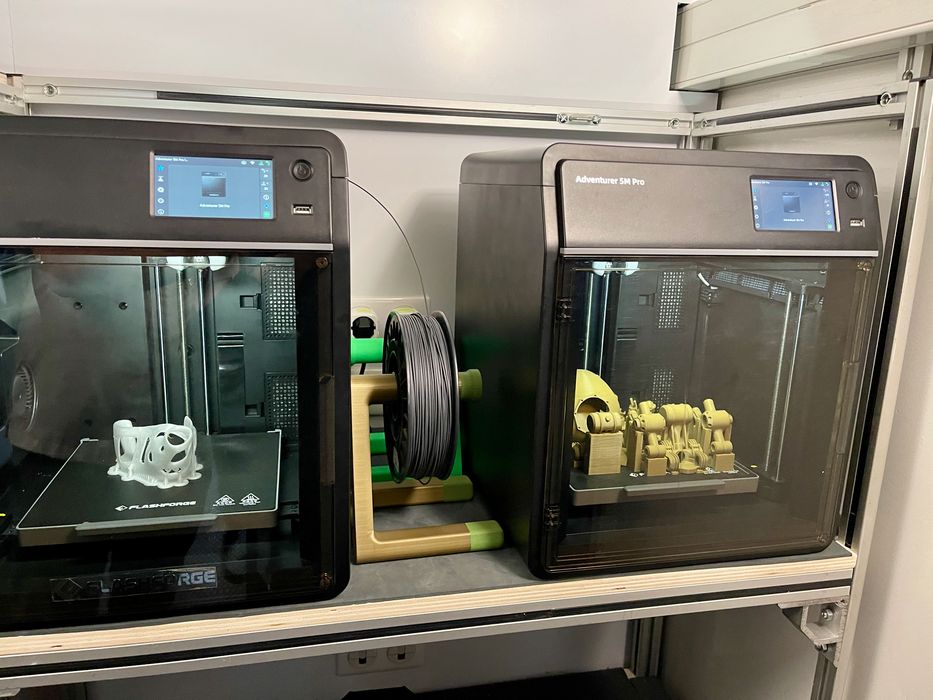
This is a step up from the desktop market, and offers increased features, reliability and print quality. Machines are more expensive and can use a much wider set of materials, including engineering materials for prototyping end-use products. It’s possible to perform low-volume production of end-use products with this equipment, and alternatively with desktop-level equipment with professional-level management software.
This market is currently being disrupted by increasingly powerful devices originating in the desktop market. This is quite ironic as many of the players set up shop in this market because the desktop market was seen as too competitive.
Industrial 3D Printer Market
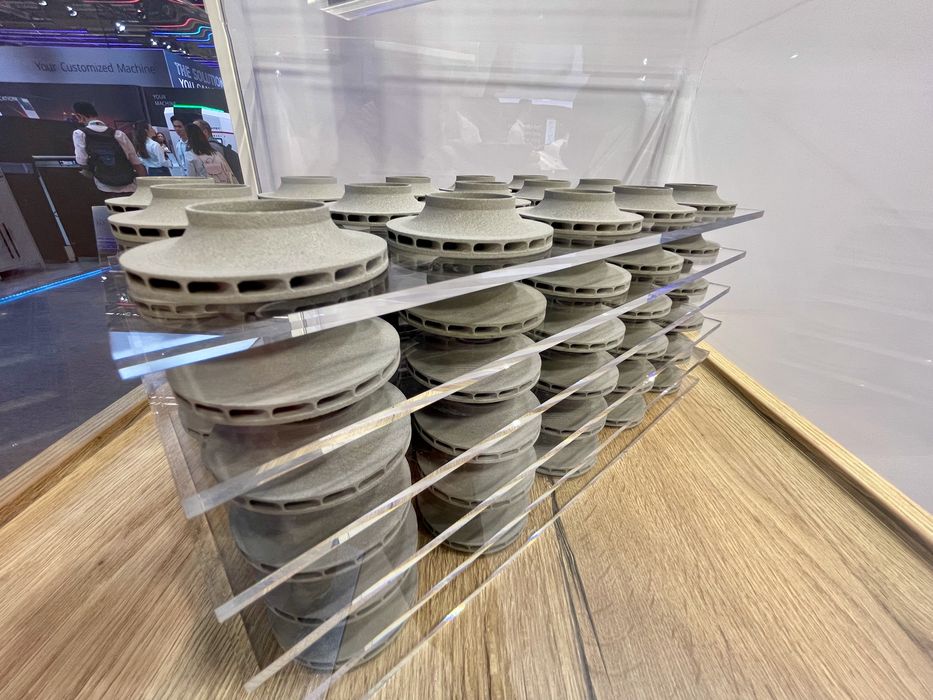
This is a step up from the professional market and focuses on actual end-use products at scale. While any 3D printer can produce a prototype, there are certain features that make a machine “production”, such as continuous operation, extremely high reliability, massive throughput, automated post processing, etc. Typical materials would be metal or high-end polymers. This segment would also include large-format devices.
This market is being explored by a number of companies with new technologies, and multiple from the professional market that are looking for a way to escape from that competition.
Biomedical 3D Printer Market
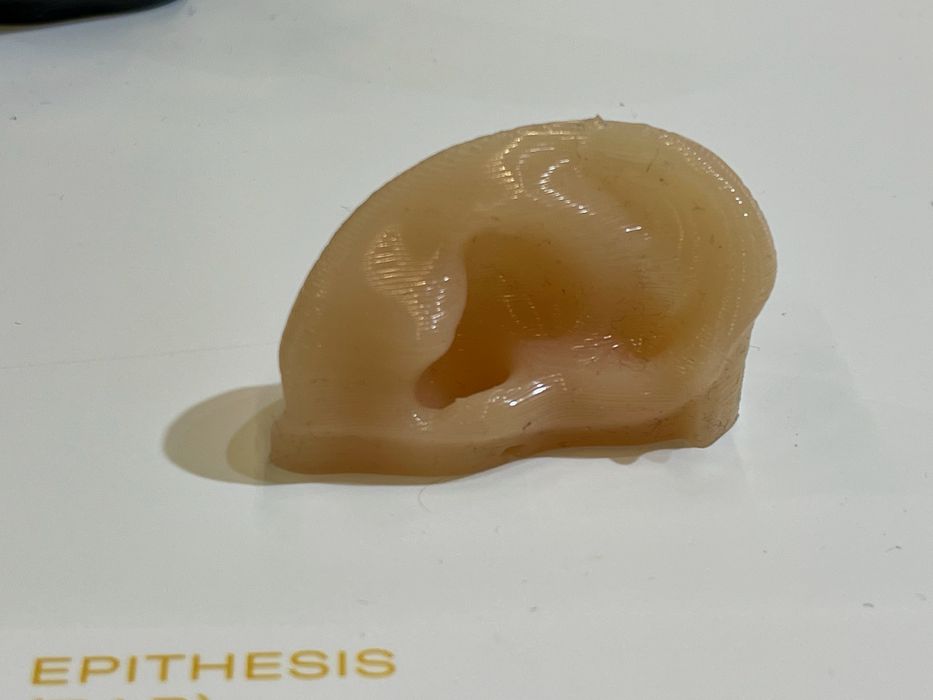
This market is quite different from the others in that it focuses on printing living cells or biocompatible implants. The printing process typically uses syringe-based mechanisms that deposit cells and scaffolds in desired geometries.
This market is still at an early stage, and much research work is required before we get to the truly “3D printed organs” stage.
Construction 3D Printer Market
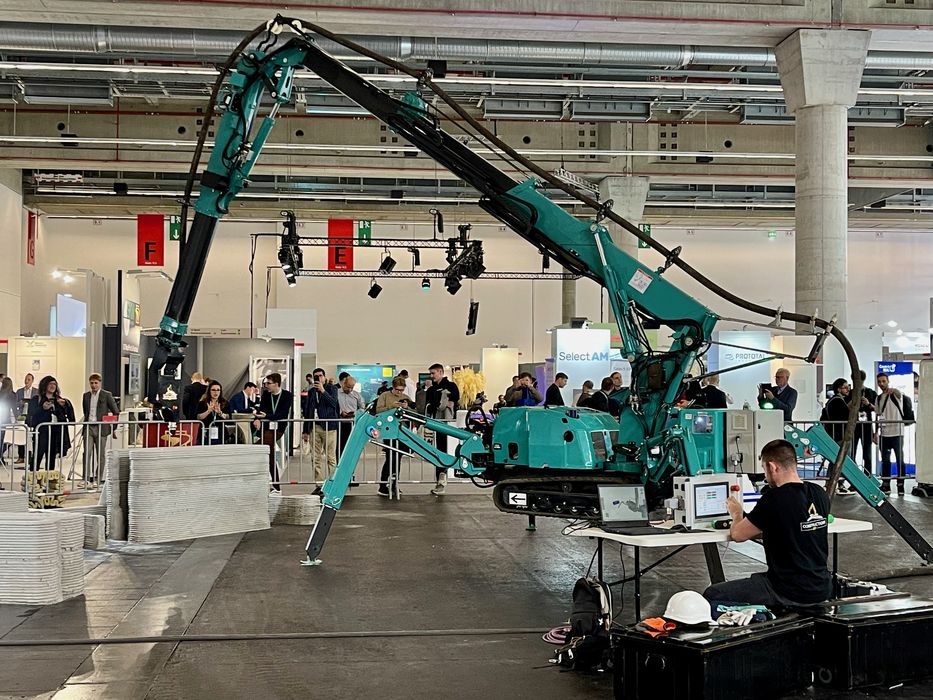
This is a relatively new segment that focuses on large devices capable of printing structures or even entire buildings, or at least the concrete portions thereof. The typical materials are concrete or clay, and extrusion systems are usually a pumping mechanism.
There are few players in this market, but as this segment matures it could eventually become the largest and most widespread. However, there is a great deal of work to do before that happens.
Research and Experimental 3D Printer Market
For me this is a catch-all for the remainder of the market. There are perhaps hundreds of experimental machines being developed by different parties, either for personal or research use. These sometimes use radically different approaches, and this is where the “next big thing” might emerge.
Putting It All Together
There are certainly ways to subdivide these into many more categories, and some others definitely do that. For me, however, this is my easy way to classify the many different machines I encounter.
